Dose Neurogenesis Microdose
$90.00 Original price was: $90.00.$80.00Current price is: $80.00.
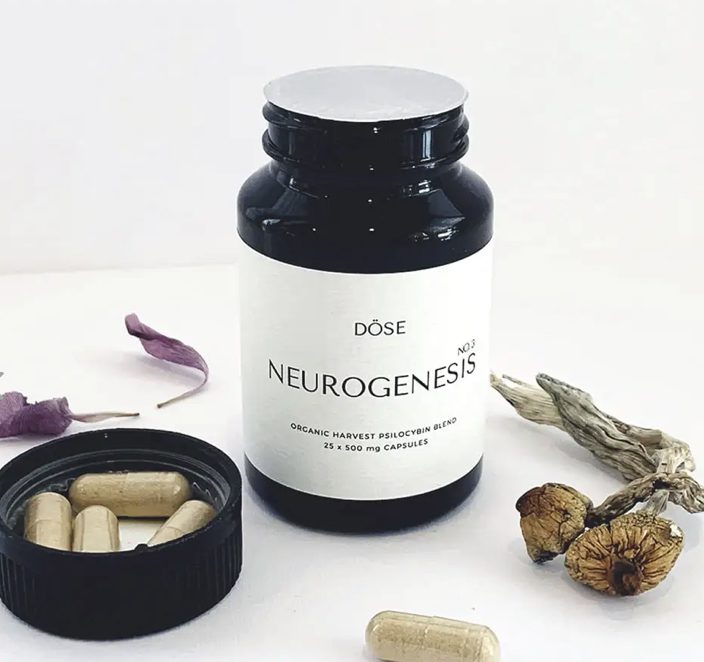
DÖSE NEUROGENESIS is a premium formula specifically developed to optimize both your neurological and mitochondrial functions. .
Buy Dose Neurogenesis Microdose
Description. Click Here! to join our telegram
Dose Neurogenesis refers to the process of generating new neurons in the brain. It is a complex and ongoing process that occurs throughout life, particularly in specific brain regions such as the hippocampus. While various factors can influence Dose neurogenesis, including genetics, lifestyle, and environmental factors, there is no specific “dose” of neurogenesis as it is a natural biological phenomenon.
Dose Neurogenesis microdose for sale
However, certain lifestyle factors have been associated with promoting neurogenesis. These include:
1. Physical exercise:
Regular aerobic exercise has been shown to enhance neurogenesis and improve brain health.
2. Cognitive stimulation:
Engaging in mentally stimulating activities such as reading, puzzles, and learning new skills can support Dose neurogenesis.
3. Healthy diet:
Consuming a balanced diet rich in nutrients, antioxidants, and omega-3 fatty acids can support brain health and potentially enhance Dose neurogenesis.
4. Stress reduction:
Chronic stress can negatively impact Dose neurogenesis. Engaging in stress-reduction techniques such as mindfulness, meditation, and relaxation exercises may be beneficial. It’s important to note that while these lifestyle factors have been associated with promoting neurogenesis, individual results may vary.
buy Dose Neurogenesis
Additionally, if you have specific concerns about brain health or neurogenesis, it’s always a good idea to consult with a healthcare professional who can provide personalized advice based on your unique situation.

Effect on Dose Neurogenesis Microdose Psilocybin Capsules
Microdosing psychedelics, such as psilocybin mushrooms or LSD, is reported to have a range of effects on individuals, although the research in this area is still limited. Some of the commonly reported effects of microdosing include:
Purchase Dose Neurogenesis microdosing
1. Enhanced mood:
Many individuals report improved mood and a general sense of well-being while microdosing. They may experience increased feelings of positivity, happiness, and contentment.
2. Increased creativity:
iDose Neurogenesisoften is associated with heightened creativity and improved problem-solving abilities. Some individuals find that it helps them think outside the box, generate new ideas, and approach tasks from fresh perspectives.
3. Improved focus and productivity:
Microdosing is sometimes reported to enhance focus, concentration, and productivity. Users may experience increased mental clarity and the ability to stay engaged in tasks for longer periods.
4. Heightened mindfulness and self-awareness:
Microdosing can lead to an increased sense of mindfulness and self-awareness. Users may feel more attuned to their thoughts, emotions, and sensations, which can facilitate personal growth and introspection.
5. Reduced anxiety and depression symptoms:
Some individuals report that microdosing helps alleviate symptoms of anxiety and depression. It is important to note, however, that microdosing is not a substitute for professional mental health treatment, and anyone experiencing significant mental health concerns should seek appropriate help.
It’s important to remember that the effects of microdosing can vary widely between individuals, and not everyone may experience the same benefits. Additionally, individual responses can be influenced by factors such as dosage, frequency, set and setting, and personal biochemistry.
If you’re considering microdosing, it’s crucial to approach it responsibly, start with low doses, and maintain open communication with a healthcare professional or qualified expert who can provide guidance and support throughout the process.
How is Dose Neurogenesis microdosing produced
Microdosing involves taking very small doses of psychedelic substances, such as psilocybin mushrooms or LSD. The production process for microdosing can vary depending on the substance being used. Here are some general guidelines for producing microdoses:
1. Psilocybin mushrooms:
To microdose with psilocybin mushrooms, you will need to obtain dried mushrooms or prepare them yourself. The most common method is to grind the dried mushrooms into a fine powder using a coffee grinder or mortar and pestle.
This powder can then be measured into individual doses using a scale. A typical microdose of psilocybin mushrooms ranges from 0.1 to 0.5 grams, depending on personal preference and tolerance.
2. LSD:
Microdosing with LSD typically involves diluting a potent liquid form of LSD into a measured solution. This is commonly done by dropping a known quantity of liquid LSD onto a blotter paper or sugar cube and allowing it to dry.
The blotter or cube can then be cut into small pieces to create microdoses. It’s important to note that working with LSD requires precision and caution due to its potency. Obtaining and handling LSD is illegal in many countries, so make sure to familiarize yourself with the legal status in your jurisdiction.
It’s crucial to emphasize that the production and consumption of psychedelic substances are subject to legal restrictions in many places. It’s important to research and adhere to the laws in your specific location to ensure compliance.
Additionally, it’s recommended to consult with a healthcare professional or a qualified expert who can provide guidance and support regarding microdosing and its potential benefits and risks.
consequences on Dose Neurogenesis
Microdosing psychedelics, when done responsibly and in appropriate settings, is generally considered to have few negative consequences. However,
it’s important to note that the effects of microdosing can vary between individuals, and there are potential risks and considerations to keep in mind. Here are some possible consequences associated with microdosing:
1. Subtle perceptual changes:
While microdosing is intended to be sub-perceptual, meaning the doses are too small to induce full-blown psychedelic effects, some individuals may still experience subtle changes in perception. This can include enhanced colors, increased sensitivity to light or sound, or slight alterations in sensory perception.
2. Physical discomfort:
In some cases, microdosing can lead to mild physical discomfort, such as headaches, nausea, or increased heart rate. These effects are typically mild and transient, but if they persist or become severe, it’s important to discontinue microdosing and seek medical attention.
3. Mood fluctuations:
While microdosing is often associated with improved mood, some individuals may experience mood fluctuations, including periods of increased emotional sensitivity or temporary feelings of anxiety or irritability. These effects are usually temporary and subside as the substance leaves the system.
4. Contradictory effects:
Microdosing can have different effects on different individuals, and some may not experience the desired benefits. Some individuals may find that microdosing exacerbates existing mental health issues or disrupts their daily functioning. It’s important to be aware of individual responses and discontinue microdosing if negative effects outweigh the benefits.
5. Legal and ethical considerations:
The use of psychedelics, including microdosing, may be illegal in many jurisdictions. It’s crucial to understand and comply with the laws in your specific location.

Additionally, ethical considerations should be taken into account, such as sourcing psychedelics responsibly and ensuring the well-being of individuals involved.
It’s important to approach microdosing with caution and responsibility. If you are considering microdosing, it’s recommended to consult with a healthcare professional or a qualified expert who can provide guidance, support, and help monitor any consequences.
Reviews
There are no reviews yet.
Related products
EDIBLES
EDIBLES
EDIBLES
EDIBLES
EDIBLES
EDIBLES
EDIBLES
EDIBLES

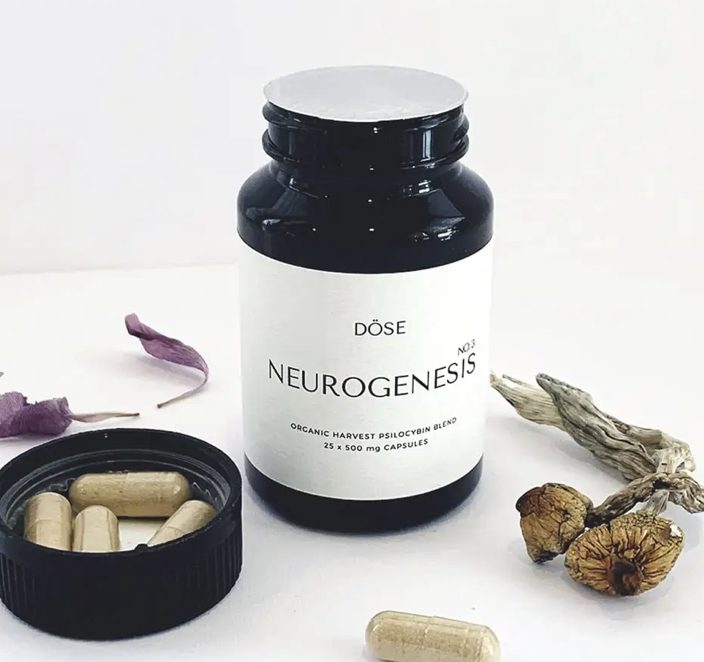
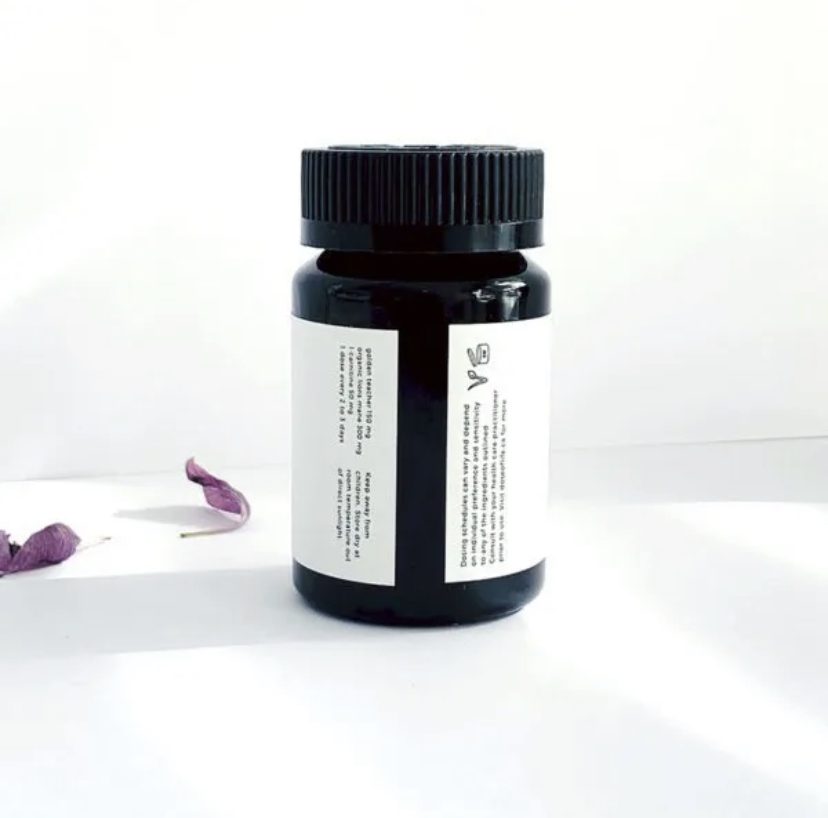
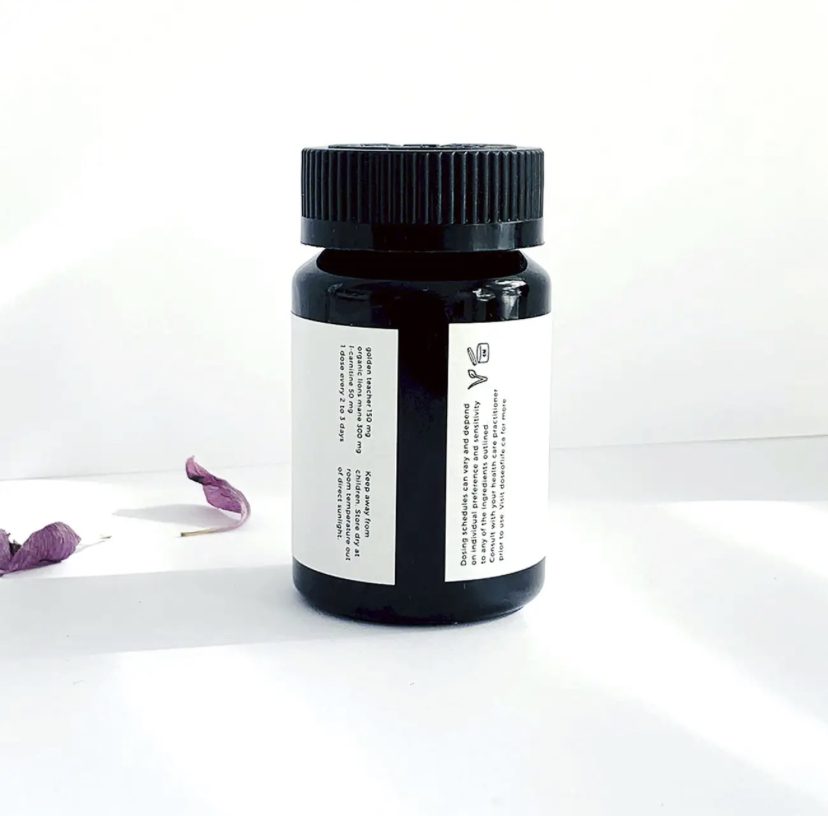

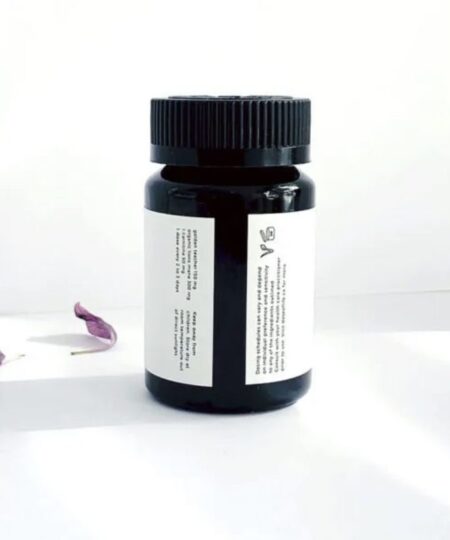

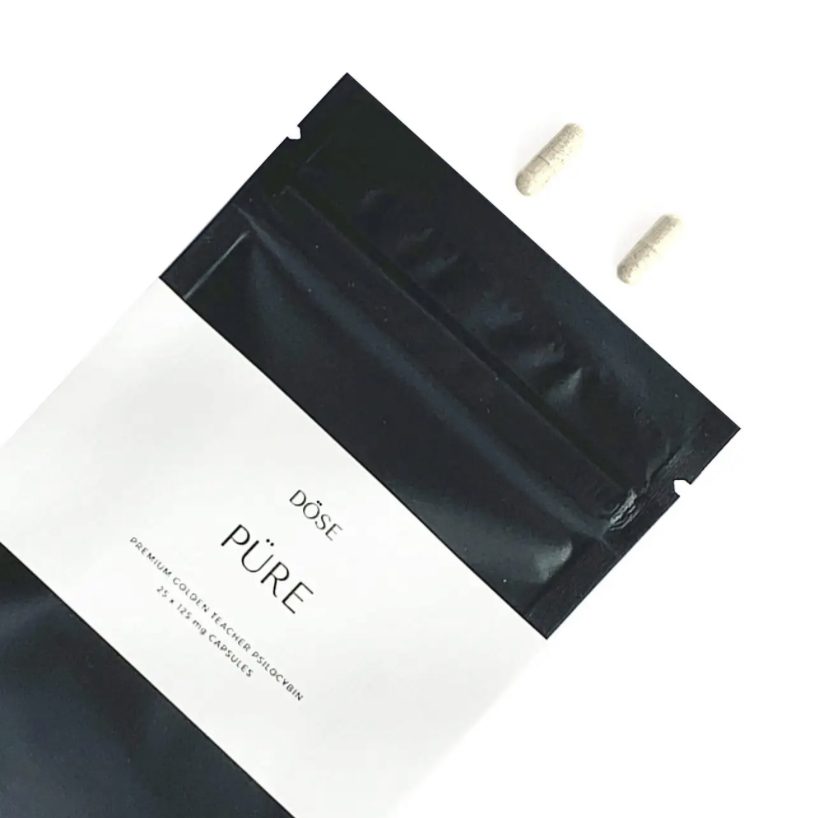
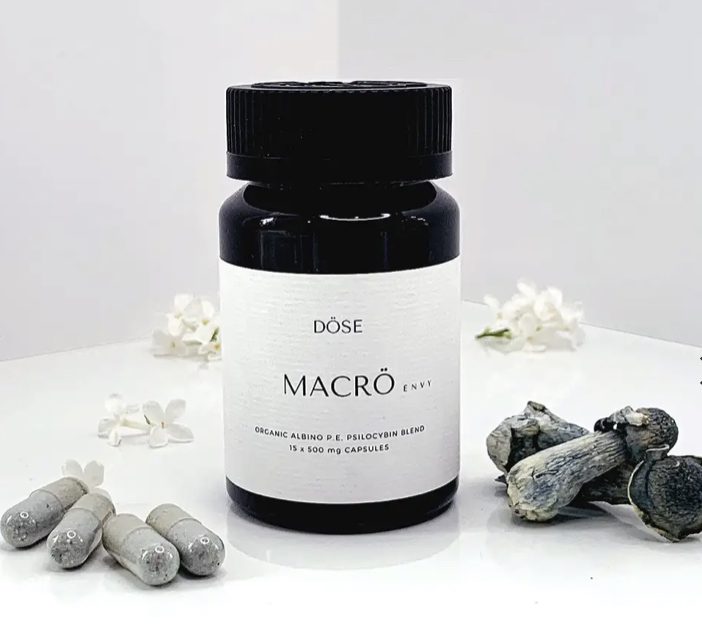
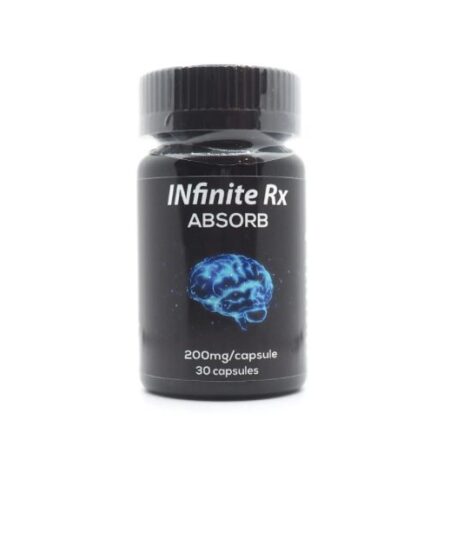
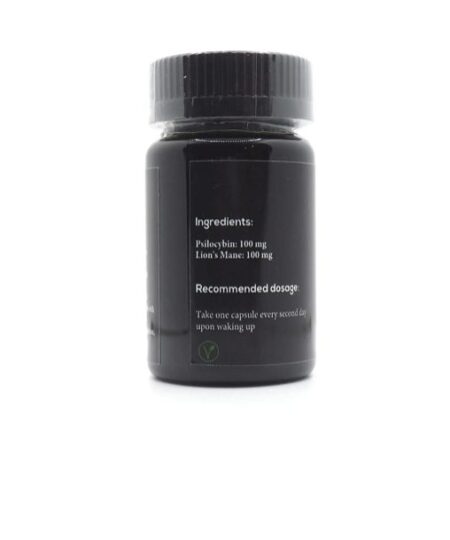



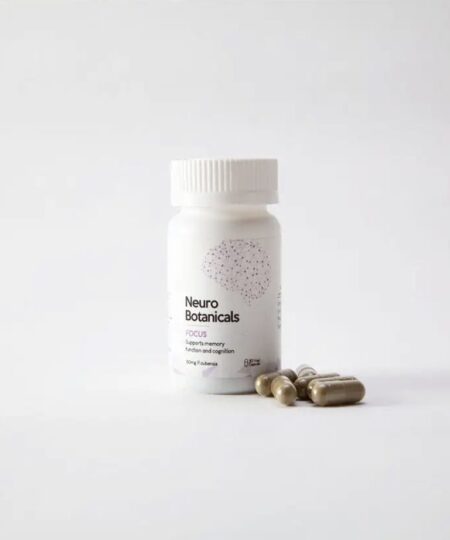


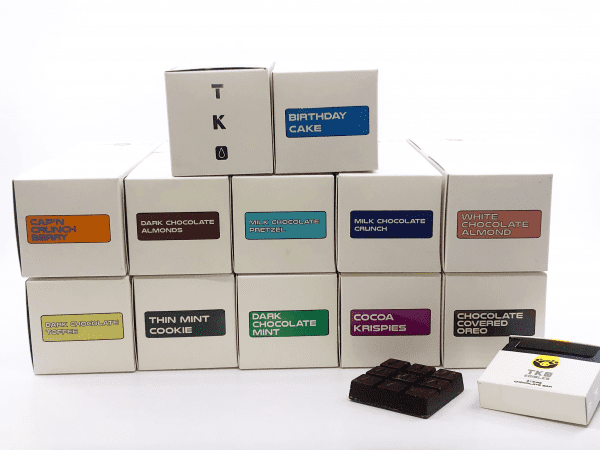




Be the first to review “Dose Neurogenesis Microdose”